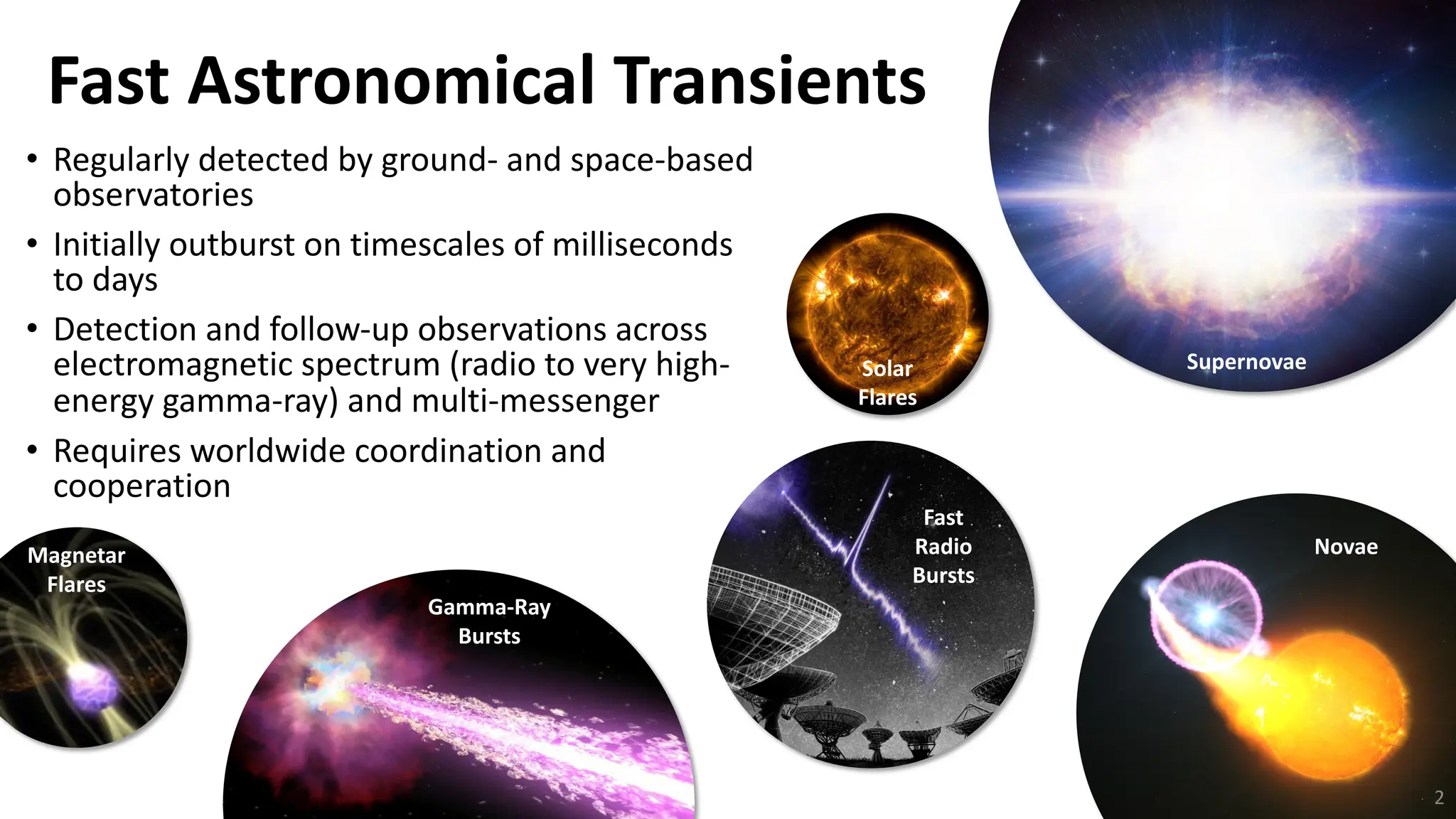Rapid Fire
Astronomical Transients
- 28 May 2024
- 2 min read
Recently, an Indian-American astronomer Shrinivas Kulkarni was awarded the Shaw Prize for Astronomy in 2024 for his work on the physics of astronomical transients.
- Astronomical transients are celestial objects or phenomena that change their brightness over a relatively short period of time, as compared to longer periods of time over which stars and galaxies change and develop.
- Studying these energetic, short-lived cosmic events could unlock secrets of the universe's most powerful objects and physical laws. Some of the different types of astronomical transients are:
- Supernovae: When the cores of massive stars collapse due to the depletion of fusionable elements, their outer layers explode, releasing immense energy and briefly outshining their entire host galaxy.
- Active galactic nucleus (AGN): Supermassive black holes at the cores of massive galaxies sometimes actively consume surrounding matter. This interaction causes the matter to emit light with varying brightness.
- Fast radio bursts (FRBs): FRBs are powerful bursts of radio waves that can release as much energy in a few thousandths of a second as the sun emits in three days.
Read more: Astronomical Grand Cycles, String of Pearls Supernova





